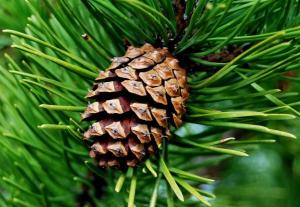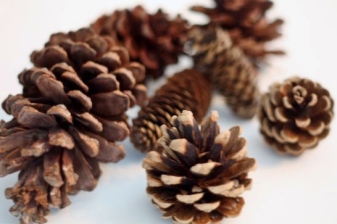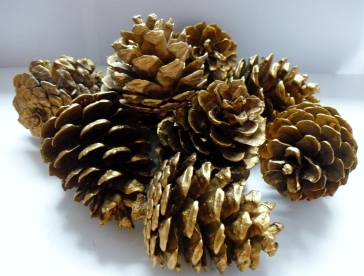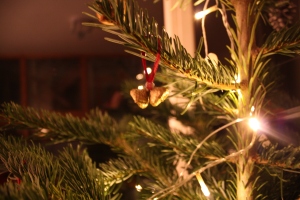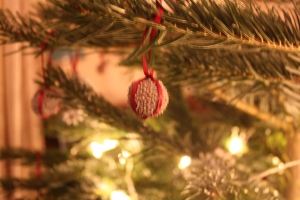It’s been an absolutely manic at the office this week, but there is always time to spread a little Christmas cheer. This year myself and a colleague decided to surprise everyone with their very own little Christmas stocking.
These are really simple and straight forward, and make a lovely alternative to Christmas cards. If you want to give it a go yourself, here’s how we did it.
Firstly, we located our nearest bargain warehouse, making stockings for everyone in an office of 10 people could have been very expensive if it wasn’t for the likes of Poundland, B&M and Aldi. We stocked up on multipacks of Christmas socks, candy canes, chocolate coins, toffees, small oranges, and gift tags.
To make each stocking a little more personal we included a small gift for each recipient to accompany the other goodies. We also attached individual name tags to the candy canes.
Once we had filled the socks with gifts, we poked a candy cane into the top of each stocking so that the name was clearly visible.
Then came the fun part. We waited until everyone had gone home for the night, and snuck around like Santa’s elves, attaching the filled stockings to each persons notice board. So that everyone would be met with a surprise when they arrived at work the next morning.
Needless to say these were received very well.














